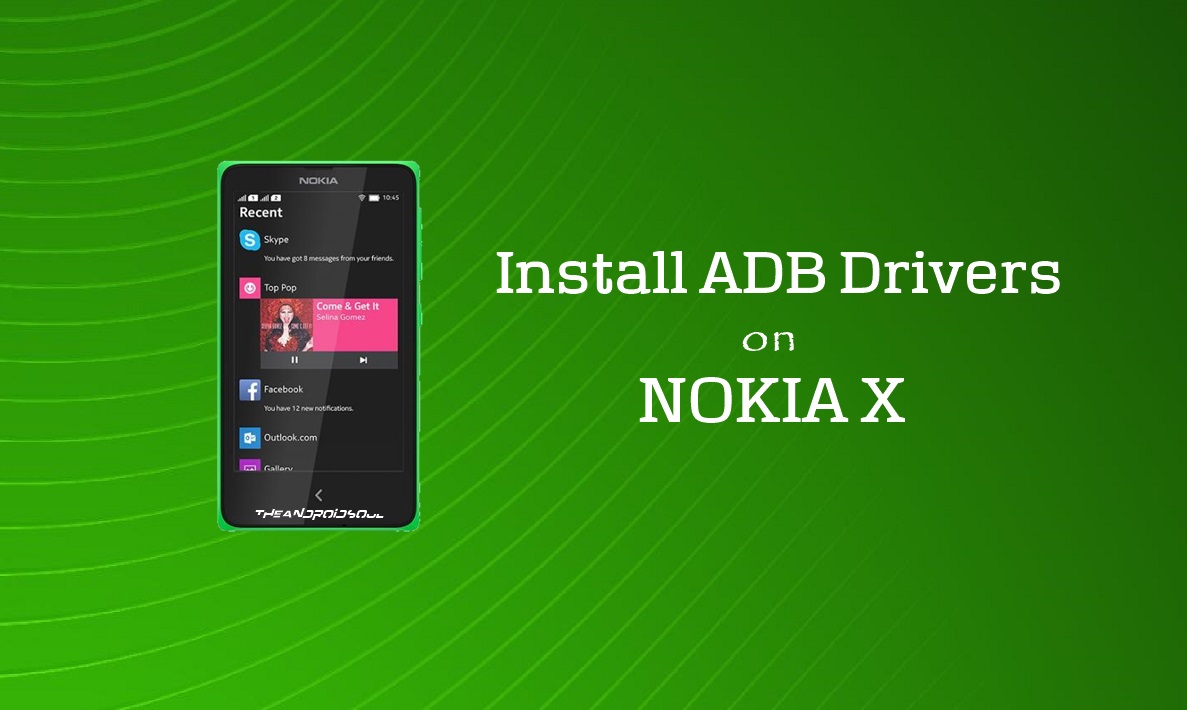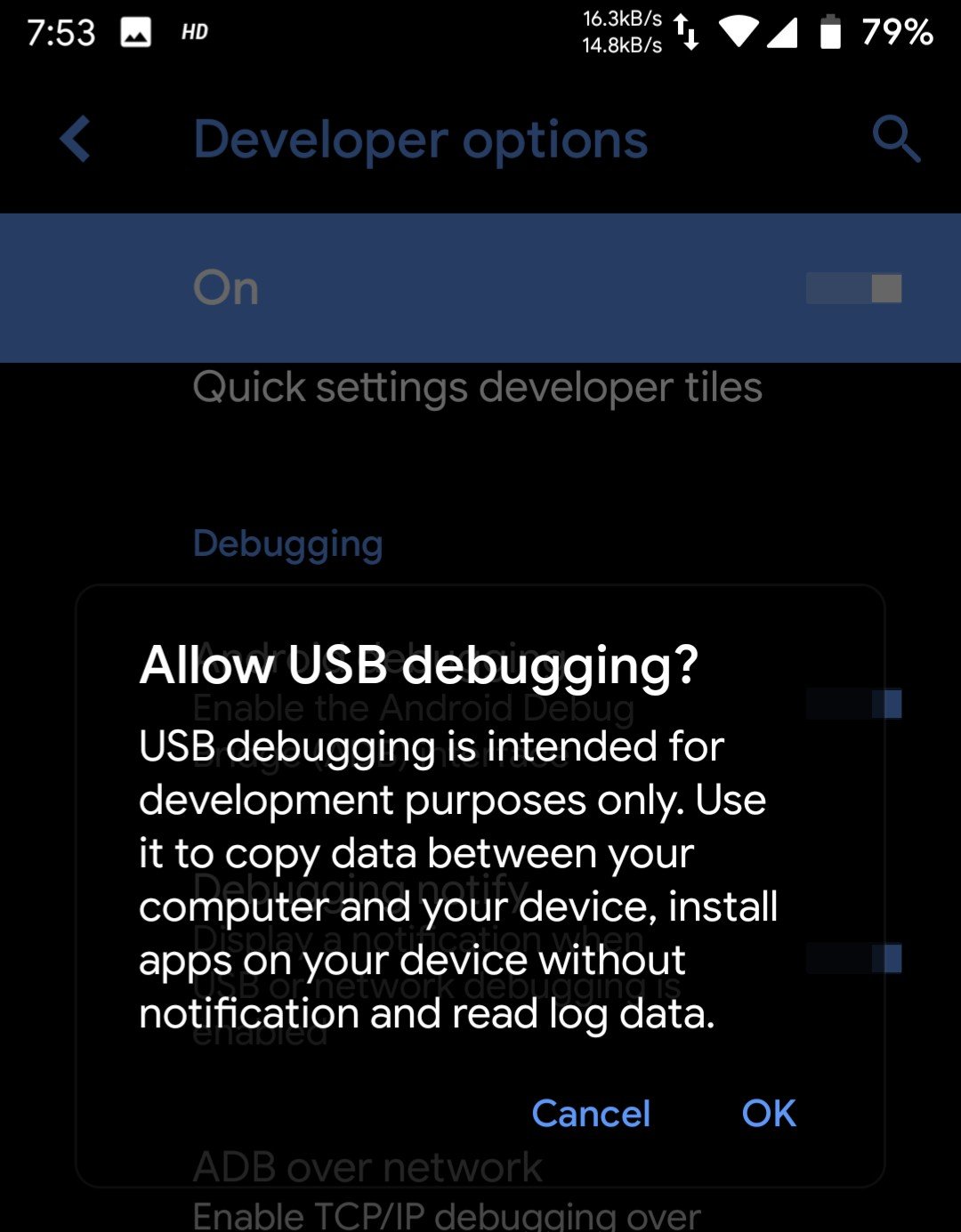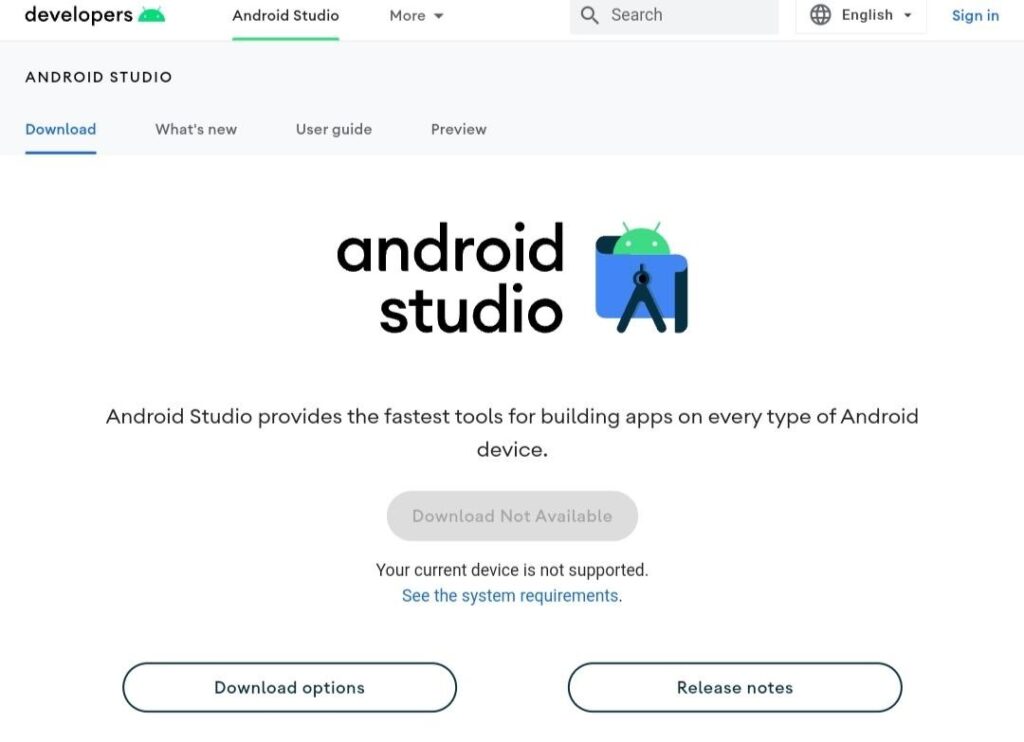

STEP 5: Install Android 13 Via ADB Sideload You will now be taken to the stock recovery. To exit this screen, press and hold the Power Button and while doing, so press and release the Volume Up key and then release the Power key as well.On some Pixel devices, you will now be taken to the No Command screen.After that, type in the following command in the CMD window to boot your device to the stock recovery adb reboot recovery.Then head over to the platform-tools folder, type in CMD in the address bar, and hit Enter.Connect your device to the PC via USB cable.

So please don’t mold your installation decision based on just these screenshots. Do note that these images are from the First Developer Preview, and there could be quite a few changes by the time it reaches the stable build. Here are some of the screenshots that I took of some important device pages, namely- Settings menu, Quick Settings toggle, System page, Notification Area, and the revamped WiFi network selection screen.

Moreover, you should take a backup of all the data on your device beforehand.

In this regard, do keep in mind that the Developer Preview builds are highly unstable, and it isn’t recommended to use it as your daily driver in its current state. So if you ever wish to revert to Android 12, you will have to use the Fastboot Method or Android Flash Tool, both of which require an unlocked bootloader.Īs far as the supported device list is concerned, you could install the Android 13 either via ADB Sideload on the following devices: Google Pixel 4, Pixel 4 XL, Pixel 4a, Pixel 4a 5G, Pixel 5, Pixel 5a, Pixel 6, and Pixel 6 Pro. This is because ADB Sideload doesn’t support downgrading. But on the downside, you wouldn’t be able to downgrade to Android 12 using this method. The biggest advantage of ADB Sideload is that you could easily update your device to Android 13 on a locked bootloader. This method has its fair share of perks and caveats.


 0 kommentar(er)
0 kommentar(er)
